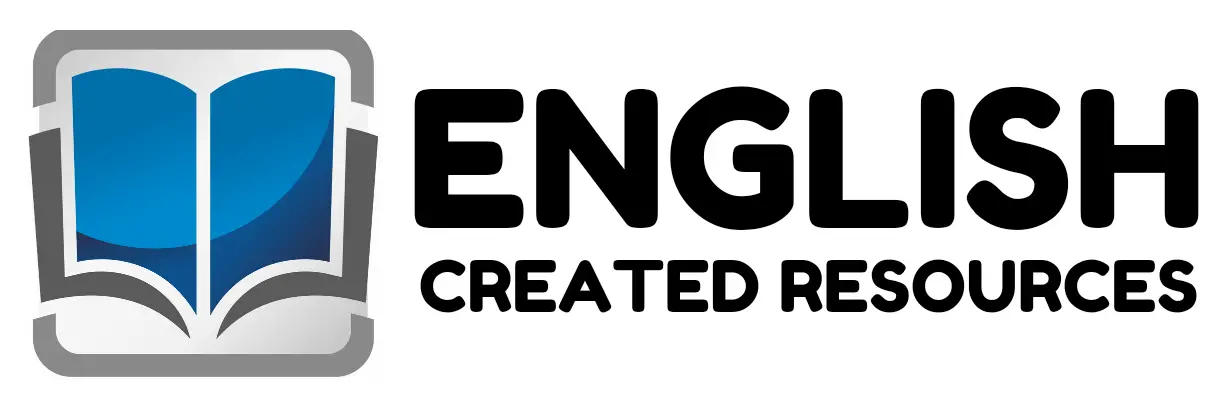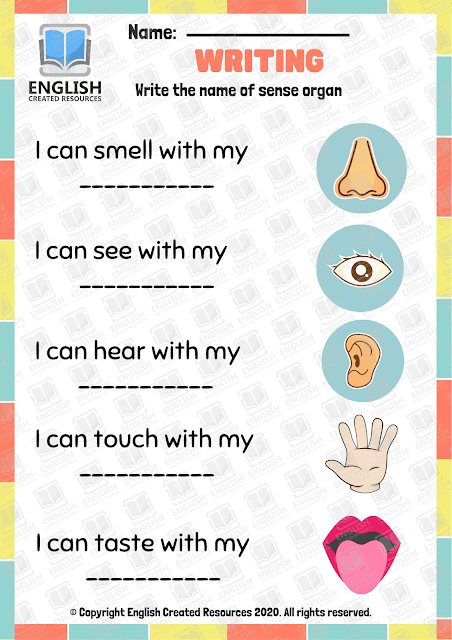Vocabulary
The Five Senses Worksheets
The Five Senses Worksheets. Pupils will enrich their Vocabulary. They will have different activities related to the five senses.
English Created Resources prides itself on providing everything a learner needs to improve the level of English. Our website aims to provide all the required materials for English Language Teachers and Learners to help them master and improve their English, help their pupils master all the required skills.
Such materials are provided for free download to be available always for learners around the world. You can find English ESL worksheets for home learning, online practice, distance learning and English classes.
Our Website helps you to give your child a boost using our free, printable worksheets. You will be able to help your child with his grammar skills with our printable worksheets that focus on using and punctuation, Reading & writing. Such Worksheets are a useful learning tool for kids who are trying to write or want to practice their language skills at home.
Through our website, teachers will be able to help their children improve both their written and spoken English. We provide materials related to all the different skills. Our reading Comprehension Worksheets help students to master reading and writing skills. There are also questions to measure pupils’ understanding and help teachers evaluate their pupils easily.
Our Website helps you to give your child a boost using our free, printable worksheets. You will be able to help your child with his grammar skills with our printable worksheets that focus on using and punctuation, Reading & writing. Such Worksheets are a useful learning tool for kids who are trying to write or want to practice their language skills at home.
Samples From the Worksheet
We also provide coloring worksheets for lower levels to help them learn in an interactive and creative way.
Such worksheets are printable to be used either at class or home.





Thanks for the excellent resources are great!!
thank you
YES
Yes